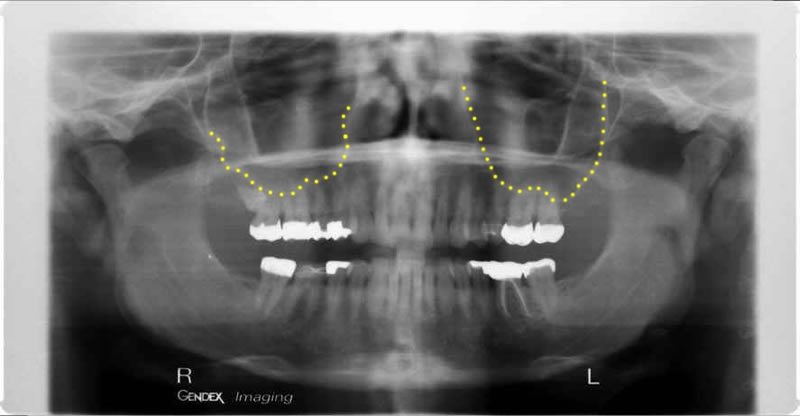SINUSITIS AND DENTISTRY
Whenever a toothache occurs in the upper posterior region, we cannot exclude
sinusitis (inflammation of the sinus) from our differential diagnosis.
Consider that the roots of some of the upper premolars and molars actually
penetrate the sinus regions (technically, this is the antrum or the maxillary
sinus as there are other sinus cavities). In the event, that you have
sinusitis, it is very common for those upper teeth to ache and give you the
impression of a tooth ache requiring a root canal treatment. At times,
this can be a very painful condition.
How do you know if you have sinusitis? Sometimes, but not always, it is
associated with a head cold and all the other symptoms associated with it.
When a diagnosis is performed, it is usually seen that more than one tooth in
the arch is sensitive to percussion (tapping) and that palpation (manual
feeling) of the underside of the zygoma (cheekbone area) results in sensitivity.
Also, when we test the individual teeth for the health of the nerve (pulp
vitality) we find that they all respond within normal limits. At this
point, we are still working with a differential diagnosis until the
condition clears up one way or another. It is usually after the fact that
we are able to make a definitive diagnosis.
The usual treatment for sinusitis may involve decongestants and antibiotic
therapy. We will usually refer you back to your physician for an
emergency visit.
Below is a Panoramic radiograph showing an example of the posterior teeth and
their relationship to the sinus.

|

